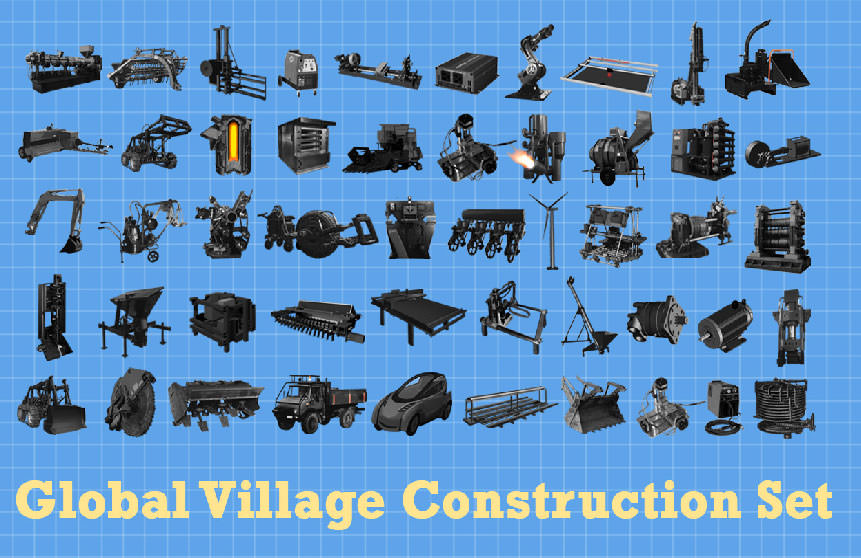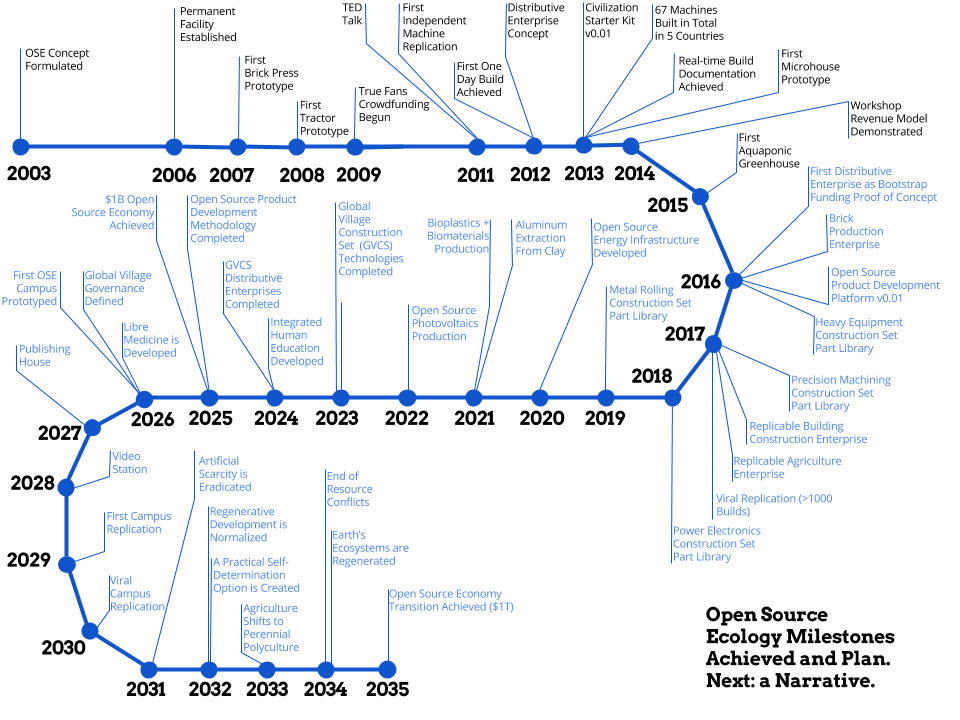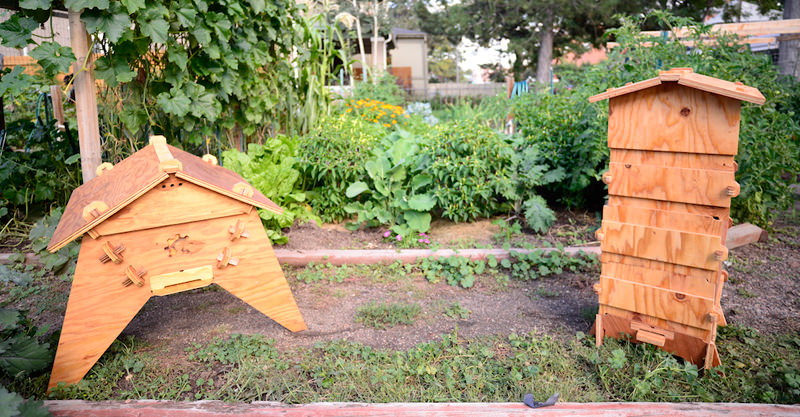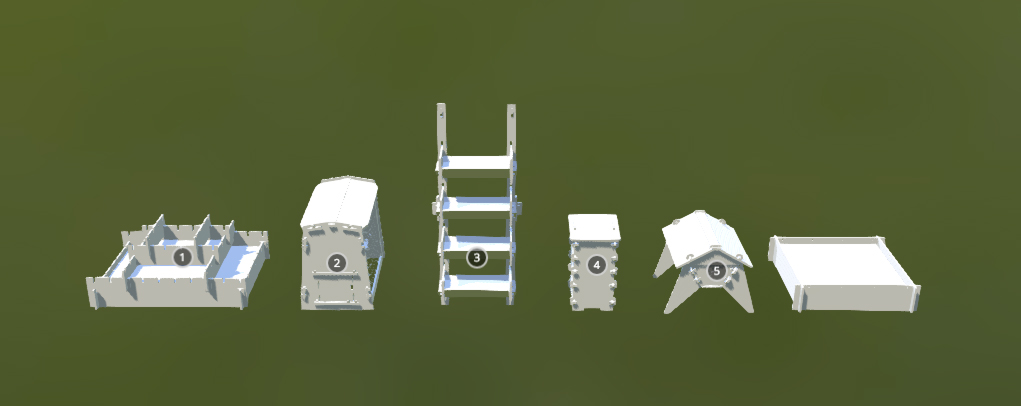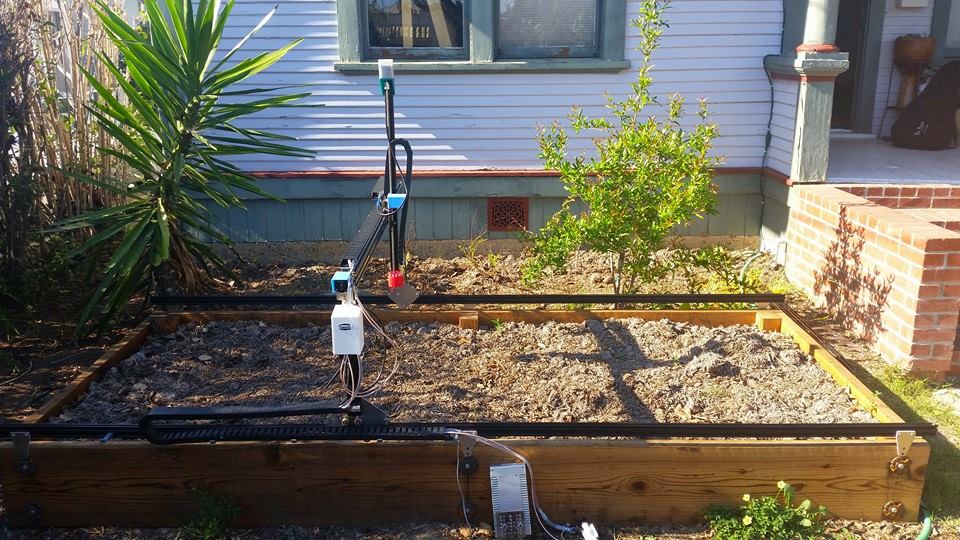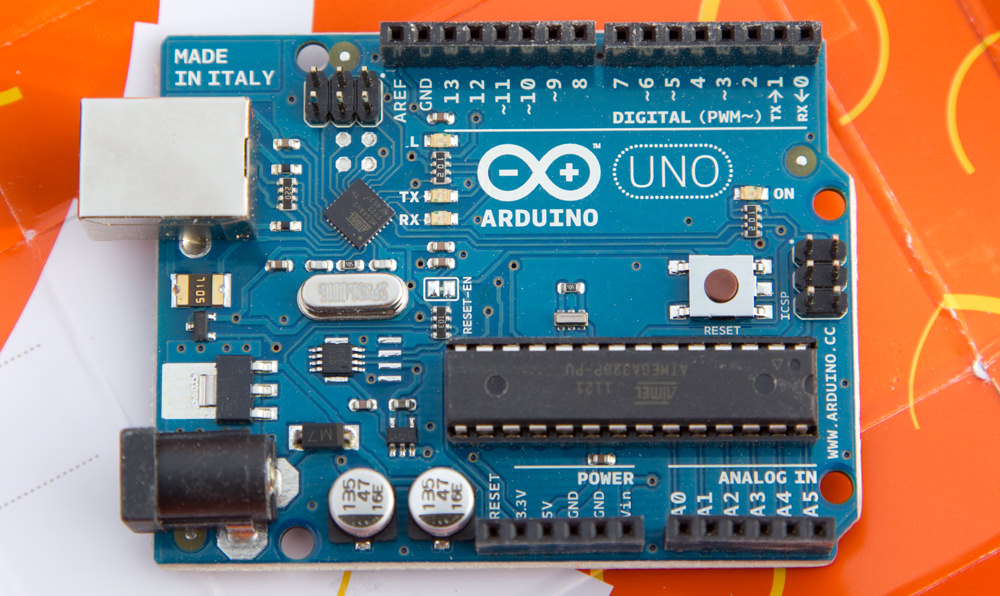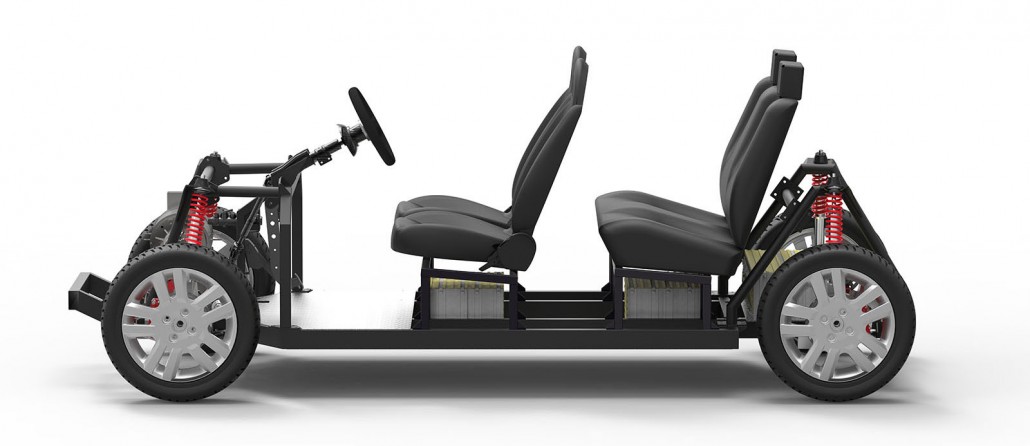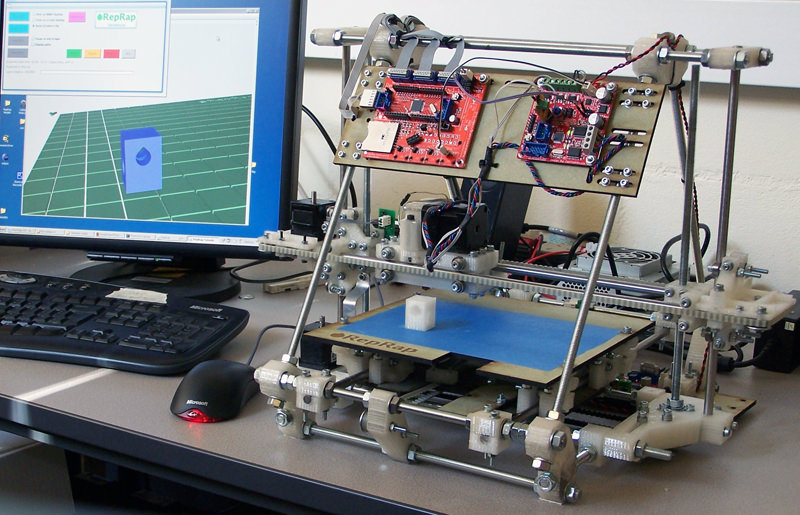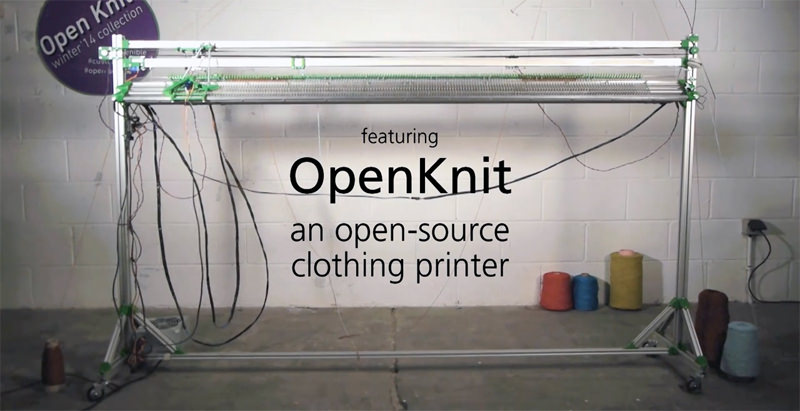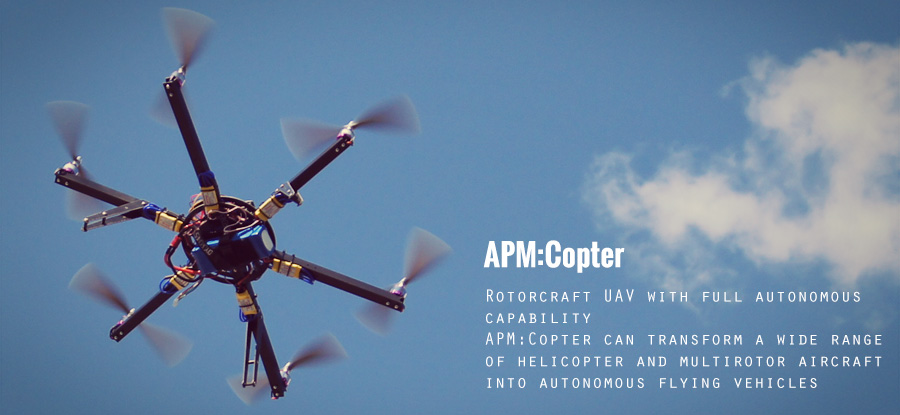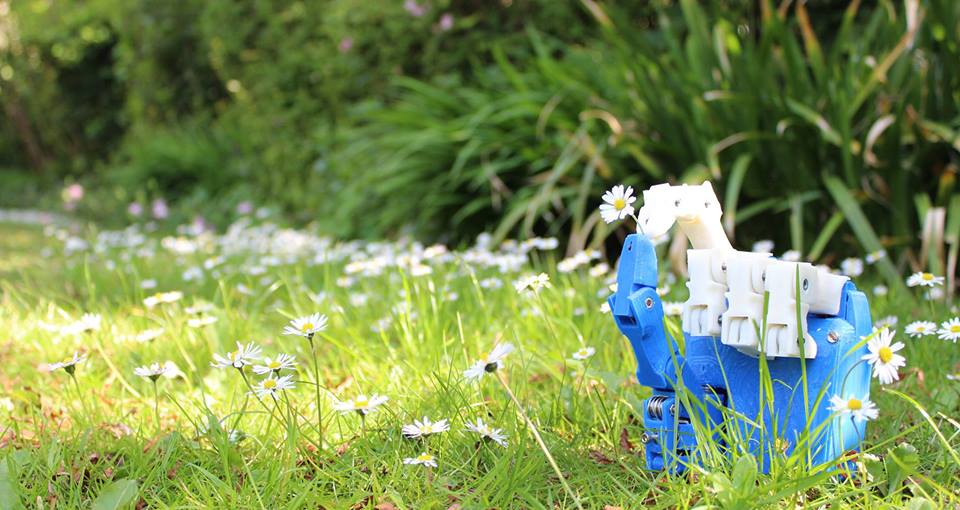“You never change things by fighting the existing reality. To change something, build a new model that makes the existing model obsolete.” – Buckminster Fuller
Building a new decentralized civilisation that makes the old, centralized pyramid of power obsolete, that’s what Open Source is doing.
Open Source is empowering individuals and communities to take matters into their own hands to improve their lives, secure their liberties and speed up their pursuit of happiness, and they’re not stopping to ask anyone for permission.
Buckminster Fuller said our collective goal as a species should be “to make the world work for 100 per cent of humanity in the shortest possible time through spontaneous co-operation without ecological offence or the disadvantage of anyone”
That co-operation he’s referring to, that’s happening right now and some call it the Open Source-movement. Read on to see 17 examples of this co-operation.
Nafeez Ahmed calls it the open-source revolution in his article at The Guardian covering Robert David Steele’s work and his latest book The Open-Source Everything Manifesto: Transparency, Truth and Trust.
For those who stand to lose from the political and economic decentralization brought on by the Open Source-movement, namely megacorporations, politicians and bankers, it can sure seem like a revolution. Because they’re losing control. To borrow a line from the poem The Masque of Anarchy, “Ye are many—they are few!”
Both the article and Robert’s book are well worth the read if you’re interested in what the future has in store. As Robert writes in his book:
“Sharing, not secrecy, is the means by which we realise such a lofty destiny as well as create infinite wealth. The wealth of networks, the wealth of knowledge, revolutionary wealth – all can create a nonzero win-win Earth that works for one hundred percent of humanity. This is the ‘utopia’ that Buckminster Fuller foresaw, now within our reach.”
You might have heard of Open Source Software, and while that’s a big part of this movement it’s not all there is to it. Open Source principles and values have moved into the physical world with Open Source Hardware, and on this page you’ll find some great examples of that.
If after checking out these open-source projects you want even more, check out my earlier piece on 21 Technologies That Are Decentralizing The Economy.
Now let’s jump into it!
The Global Village Construction Set
The Global Village Construction Set (GVCS) [by Open Source Ecology] is a modular, DIY, low-cost, high-performance platform that allows for the easy fabrication of the 50 different Industrial Machines that it takes to build a small, sustainable civilization with modern comforts. We’re developing open source industrial machines that can be made at a fraction of commercial costs, and sharing our designs online for free.
Some of the machines in prototype stage that you can check out are the open-source tractor, CEB press, 3D printer, and they’ve even developed an open-source house, the MicroHouse.
I personally give money to support Open Source Ecology every month as one of their True Fans, because I truly believe the work they do today is creating rings on the water that will travel far into the future and make planet Earth a better place.
If they reach even 10% of their Open Source Ecology milestones below the future will be pretty awesome. They just released this first draft today, and it will be refactored over this year as directions clarify.
Open Source Beehives
Launched by a concerned global network of citizen scientists to track and counter the decline of honey bee populations, Open Source Beehives are developing open source sensor kits that can track a number of hive metrics from temperature, humidity, to a host of others.
They’ve also used digital manufacturing techniques to create a number of open source CNC routable beehives that are natural and healthy homes for your bees, for example the Colorado Top Bar hive and the Barcelona Warre hive.
AKER Simple Urban Garden Kits
Run by the same people as Open Source Beehives, AKER has developed open source garden kits that snaps together without tools. They’re all made out of plywood and among the kits you’ll find grow beds, wall planters, a chicken coop, and a worm compost.
The WikiHouse
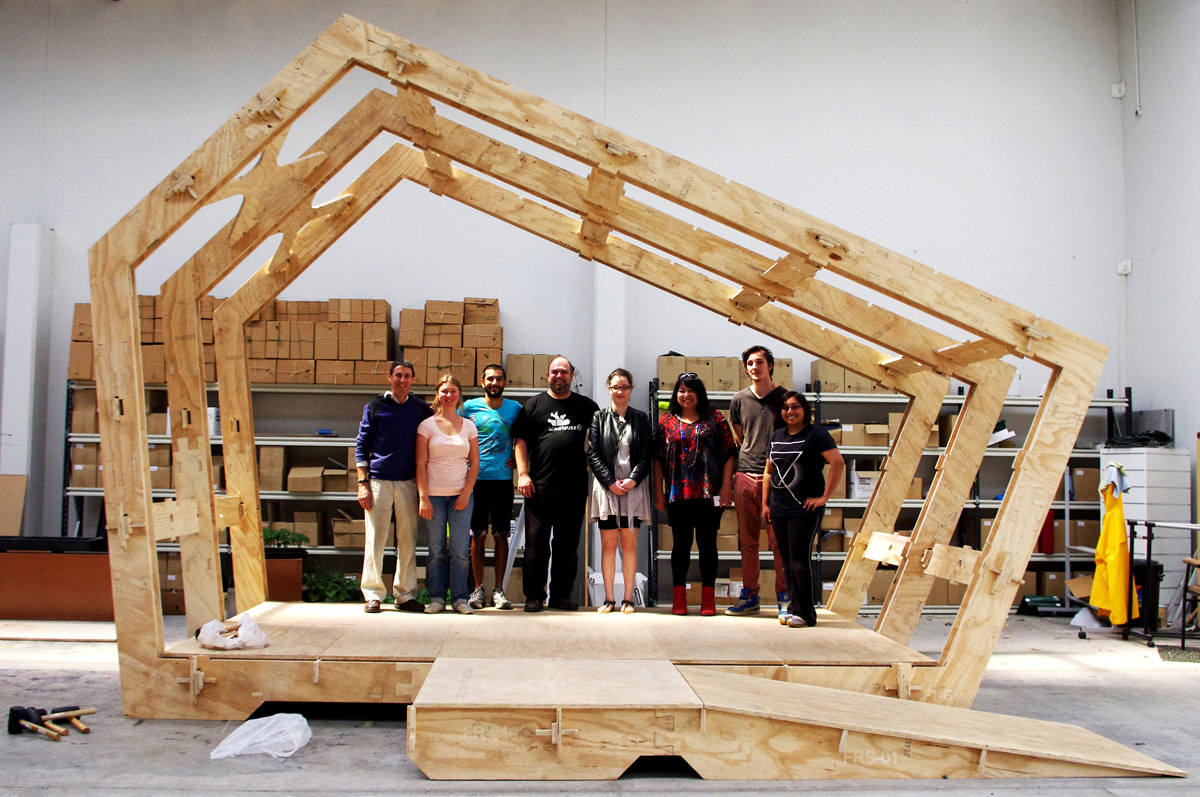
The team at New Zealand-based Space Craft Systems, leading the world in developing the WikiHouse open-source building system.
WikiHouse is an open source building system. Many designers, collaborating to make it simple for everyone to design, print and assemble beautiful, low-energy homes, customised to their needs.
FarmBot
Here’s a question for you. What if food production could be automated? Just as you don’t have to wash your clothes by hand anymore, what if you could press a button and grow your own free food without having to spend all that time tending the garden?
The team at FarmBot have been thinking about this question, and the result is FarmBot, “humanity’s first open-source CNC farming machine.”
They’re working on a graphical drag and drop interface where you can design your farm by dragging and dropping plants into the map, set up growing regimens, and the FarmBot takes care of the rest.
As for their goal:
Together we can take back ownership of our food, localize production, and feed 9 billion people sustainably
That’s a big goal to say the least, but I like the sound of it.
The PirateBox
PirateBox is a DIY anonymous offline file-sharing and communications system built with free software and inexpensive off-the-shelf hardware.
It allows users to share files anonymously. It’s perfect for ad hoc sharing of pictures or files or for isolated peer-to-peer communications in the alley behind the NSA.
Also check out LibraryBox, a fork of PirateBox customized for educational, library, and other needs.
Farm Hack – Open Source Farming Tools
We are a worldwide community of farmers that build and modify our own tools. We share our hacks online and at meet ups because we become better farmers when we work together.
Opendesk – Open Source Furniture
Designed to be downloaded and made locally, Opendesk furniture is fast, affordable, sustainable and made on demand, just for you.
Arduino
Arduino is an open-source electronics platform based on easy-to-use hardware and software. Arduino has been used in thousands of different projects and applications.
Arduino boards are able to read inputs – light on a sensor, a finger on a button, or a Twitter message – and turn it into an output – activating a motor, turning on an LED, publishing something online.
OSVehicle
OSVehicle are the creators of TABBY EVO, “an open source framework for the creation of vehicles: it can be used to bootstrap businesses (electric vehicle startups), to create your own vehicle, for education purposes, and much more.”
TABBY EVO is their completely re-engineered from scratch open source platform for electric vehicles.
Also check out Local Motors, another community of enthusiasts building cool machines together.
Project Ara – Modular Smartphones
Project Ara is the codename for an initiative by Google that aims to develop an open hardware platform for creating highly modular smartphones.
The RepRap 3D Printer
RepRap is “humanity’s first general-purpose self-replicating manufacturing machine.”
RepRap takes the form of a free desktop 3D printer capable of printing plastic objects. Since many parts of RepRap are made from plastic and RepRap prints those parts, RepRap self-replicates by making a kit of itself – a kit that anyone can assemble given time and materials. It also means that – if you’ve got a RepRap – you can print lots of useful stuff, and you can print another RepRap for a friend…
OpenKnit – Open Source Digital Knitting
OpenKnit is an open-source, low cost, digital fabrication tool that affords the user the opportunity to create his own bespoke clothing from digital files. Starting from the raw material, the yarn, and straight to its end use, a sweater for example, in about an hour. Designing and producing clothes digitally and wearing them can now happen in the very same place, rewarding the user with the ability to make decisions regarding creativity and responsibility.
As Engadget writes: “The open source platform combines an affordable (under $757), build-it-yourself clothing printer with Knitic design software to let you make your own apparel quickly and easily; once you’re set up, you just need a template file and some yarn.”
Defense Distributed
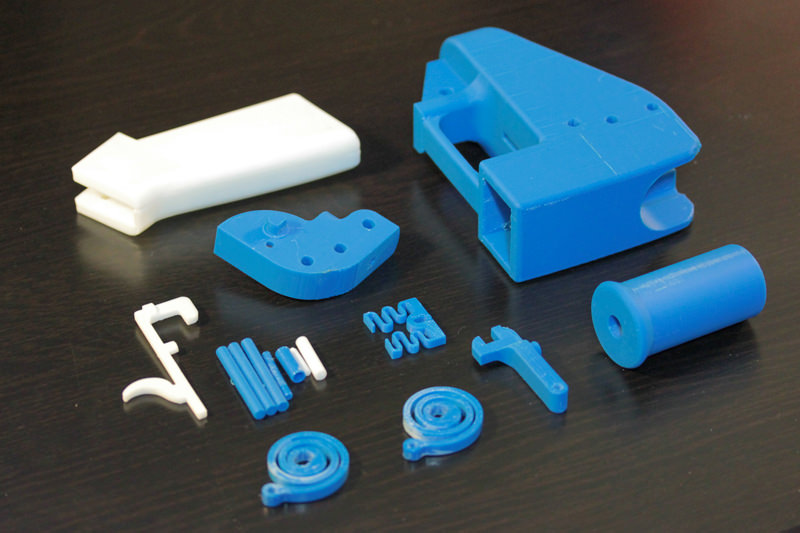
Parts of the Liberator 3D-printable gun, designed by Defense Distributed and banned in US. Photo by Vvzlad, license CC-BY-SA 3.0
Defense Distributed is an online, open-source organization that designs firearms, or “wiki weapons”, that may be downloaded from the Internet and “printed” with a 3D printer.
One could say they’re promoting Open Source Defense, and they’re strong advocates of the right to individual self-protection through gun ownership.
Defense Distributed has to date produced a durable printed receiver for the AR-15, the first printed standard capacity AR-15 magazine, and the first printed magazine for the AK-47, and the world’s first fully 3D printable gun, the Liberator .380 single shot pistol.
They’ve also launched the Ghost Gunner, a general purpose CNC-mill that automatically manufactures mil-spec AR-15 lower receivers to completion.
OpenROV

The Trident, their “ready-to-dive solution” capable of diving to depths of 100m. Controllable by smartphone or tablet.
OpenROV is an open-source, low-cost underwater robot for exploration and education.
It’s also a passionate community of professional and amateur ocean explorers and technologists.
APM:Copter – Open Source Drone
APM:Copter is an open-source multicopter unmanned aerial vehicle platform created by the DIY Drones community based on the Arduino platform.
This is the full-featured, open-source multicopter UAV controller that won the Sparkfun 2013 and 2014 Autonomous Vehicle Competition (dominating with the top five spots). A team of developers from around the globe are constantly improving and refining the performance and capabilities of Copter .
The Open Hand Project
Now here’s something truly worthy of mention. The aim of the Open Hand Project is to make robotic prosthetic hands more accessible to amputees.
Leading prosthetics can cost up to $100,000. By using emerging technologies like 3D printing, we can cut that down to under $1000. That’s two orders of magnitude cheaper, and means that these devices can reach a far broader audience!
Bottom Line: There Are Alternatives
If you don’t like what the world looks like, you can change it. It’s all about what you feed with your energy, be it time or money. If all of us keep feeding our energy into the current system of Big Ag, Big Finance and Big Consumption, nothing will change. But if more people withdraw their consent and build their own, local alternatives, things will change.
Open Source is a great example of this. Permaculture is another example. As entrepreneur and permaculture teacher David Blume, writes:
Around the world people are demonstrating that, not only are there alternatives, there are alternatives that allow us all to take care of each other and the rest of the species we live with, and to direct surpluses from our designs back to this care. These are the three main tenets of Permaculture design. We aren’t waiting for governments, corporations, or bureaucracies to solve the world’s problems. We will do it with or without their help. We are already doing it and no one can stop us because we can’t be forced to buy what we don’t need anymore. Since few of us in permaculture education are hired by anyone in business or government, we can’t be fired or threatened.
I like to say, if you want to end transnational capitalism, (the very opposite of bioregionalism), then stop giving them your capital. To do that you need to start producing what you need—plus some surplus for others—bioregionally and I would respectfully suggest that permaculture design is a good tool to begin that process.”
This is also a key tenet of Gandhi’s teaching in his text Hind Swaraj, in which he argued for Indian independence from the British (Swaraj meaning self-rule).
Gandhi said: “In such a state (where swaraj is achieved) everyone is his own ruler. He rules himself in such a manner that he is never a hindrance to his neighbour.” He summarized the core principle like this: “It is Swaraj when we learn to rule ourselves.”
I think it’s time we as individuals and communities learn how to rule ourselves, without politicans or the media telling us what to think or how to feel. I think Open Source cooperation and transparency is an important piece in that puzzle.
So let me end this article with sharing a quote from Hind Swaraj on how Gandhi thought a better society could be organized, a decentralized society where the people governed themselves. This is where Open-Source can take us:
“Independence begins at the bottom… A society must be built in which every village has to be self sustained and capable of managing its own affairs… It will be trained and prepared to perish in the attempt to defend itself against any onslaught from without… This does not exclude dependence on and willing help from neighbours or from the world. It will be a free and voluntary play of mutual forces… In this structure composed of innumerable villages, there will be ever widening, never ascending circles. Growth will not be a pyramid with the apex sustained by the bottom. But it will be an oceanic circle whose center will be the individual. Therefore the outermost circumference will not wield power to crush the inner circle but will give strength to all within and derive its own strength from it.” – Gandhi

